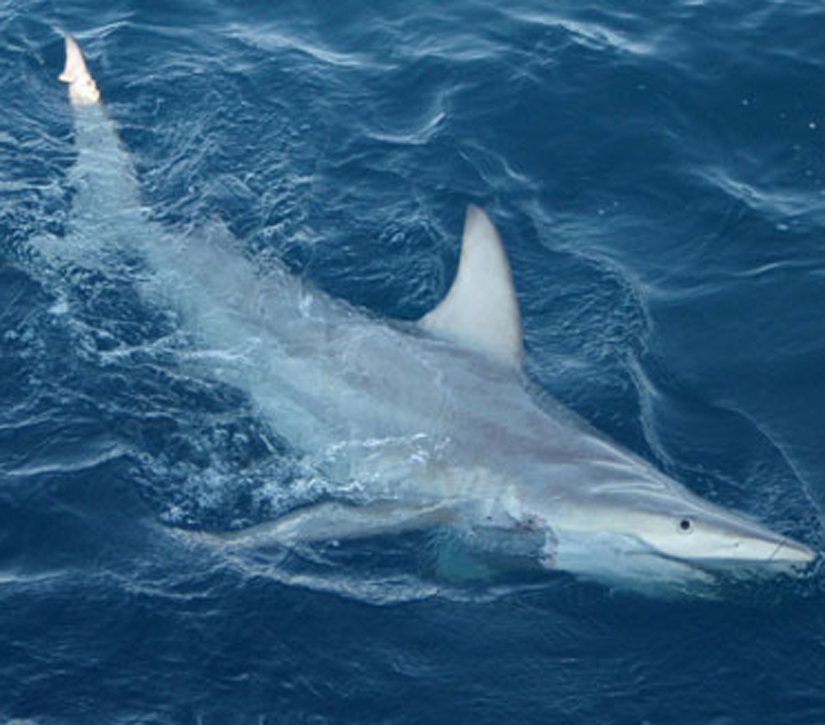OF THE
TIMES
Experimental protocol for memory-guided attention. (A) In both EEG and fMRI experiments, participants first completed a learning task in which they searched for a target stimulus that was embedded within naturalistic scenes. Targets were presented on the right (Right Memory), left (Left Memory) or not at all (Neutral Memory). (B) Over repeated sessions, participants found, and learned, the location of target stimuli. The learning profile from the EEG experiment is plotted for search accuracy (left y axis, red) and search time (right y axis, blue) as a function of training session number (x axis). (C) On the following day, participants performed an attention task in which scenes from the initial learning task were used to cue the location of a subsequent target. The first scene was always presented without the target stimulus, whereas the second scene contained a target on 50% of trials. On target-present trials, previously learned locations were 100% predictive of the subsequent target location. Consequently, valid memory cue scenes could be used to predict the precise location of the subsequent target, whereas memories for neutral cues contained no task-relevant spatial information. (D) Behavioral data are shown for the EEG experiment, with sensitivity (left y axis, bars) and RT (right y axis, triangles) plotted as a function memory condition (memory vs. neutral). Detection sensitivity was higher for spatially predictive memories, and RTs were shorter. Error bars represent ±1 SEM. Copyright © PNAS, doi: 10.1073/pnas.1108555108
